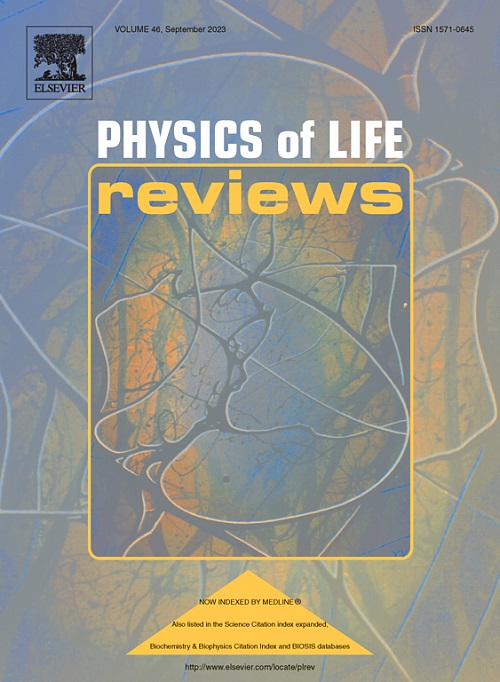神经解码可靠性:脑机接口技术在神经系统疾病治疗中的突破和潜力
IF 14.3
1区 生物学
Q1 BIOLOGY
引用次数: 0
摘要
帕金森氏症、中风和癫痫等神经系统疾病经常导致不可逆转的残疾。脑机接口(BCI)技术通过直接刺激皮层活动或将自我产生的皮层活动转化为对外部辅助设备的指令,有望恢复或取代受损的感觉、运动和认知功能。深入研究大脑皮层的连通性、功能和神经分层编码机制可以为脑接口损伤治疗提供新的解决方案。本文综述了脑机接口技术的基本原理、发展历史和目前的研究进展,包括已知皮质功能的利用以及新发现的皮质功能对脑机接口应用未来发展的潜在影响。然后,本文系统地回顾了脑机接口技术在运动、认知和精神疾病治疗中的应用,水凝胶和碳纳米材料在脑机接口系统中的创新应用,以及脑机接口系统在神经解码可靠性方面的当前局限性和未来研究方向。本文旨在通过对大脑皮层结构和功能的深入研究,为临床医生和研究人员提供脑机接口在诊断和治疗神经系统疾病方面的最新进展和全面概述,并提出基于跨学科方法的潜在应用前景,特别是在提高神经解码的可靠性方面。本文章由计算机程序翻译,如有差异,请以英文原文为准。
Neural decoding reliability: Breakthroughs and potential of brain–computer interfaces technologies in the treatment of neurological diseases
Neurological disorders such as Parkinson's disease, stroke, and epilepsy frequently result in irreversible disability. Brain–computer interface (BCI) technologies offer the promise of recovering or replacing impaired sensory, motor, and cognitive functions by directly stimulating cortical activity or by converting self-generated cortical activity into commands for external assistive devices. In-depth studies of cerebral cortex connectivity, function and neural hierarchical coding mechanisms can provide novel solutions for BCI-based treatments. This review summarizes the fundamental principles and history of BCI technology and current research progress, including the utilization of known cortical functions and the potential impact of newly discovered cortical functions on the future development of BCI-based applications. The article then systematically reviews the application of BCI technology for the treatment of motor, cognitive, and psychiatric disorders, innovative uses of hydrogels and carbon nanomaterials in BCI systems, and the current limitations and future research directions of BCI systems with respect to the reliability of neural decoding. This article aims to provide clinicians and researchers with the latest progress and a comprehensive overview of BCI applications for diagnosing and treating neurological diseases from in-depth studies on cerebral cortex structure and function, and to propose potential future applications based on interdisciplinary approaches, especially in enhancing the reliability of neural decoding.
求助全文
通过发布文献求助,成功后即可免费获取论文全文。
去求助
来源期刊

Physics of Life Reviews
生物-生物物理
CiteScore
20.30
自引率
14.50%
发文量
52
审稿时长
8 days
期刊介绍:
Physics of Life Reviews, published quarterly, is an international journal dedicated to review articles on the physics of living systems, complex phenomena in biological systems, and related fields including artificial life, robotics, mathematical bio-semiotics, and artificial intelligent systems. Serving as a unifying force across disciplines, the journal explores living systems comprehensively—from molecules to populations, genetics to mind, and artificial systems modeling these phenomena. Inviting reviews from actively engaged researchers, the journal seeks broad, critical, and accessible contributions that address recent progress and sometimes controversial accounts in the field.
 求助内容:
求助内容: 应助结果提醒方式:
应助结果提醒方式:


